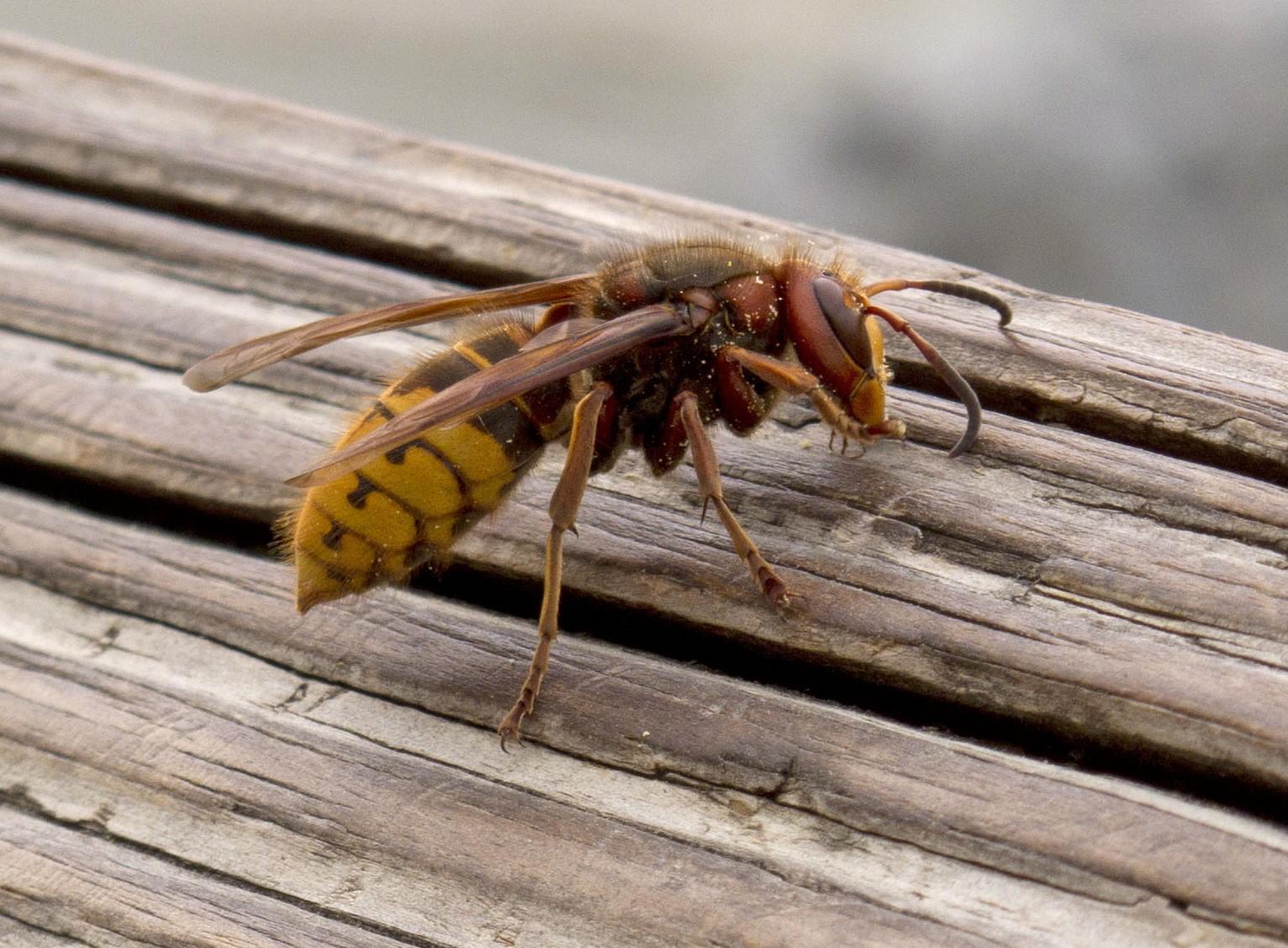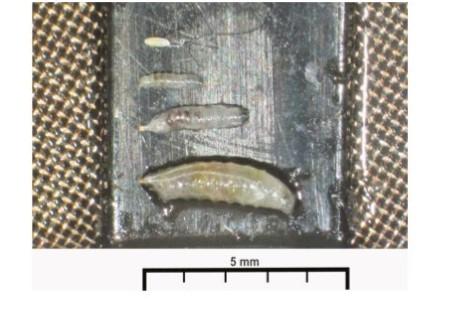Updated: April 12, 2024
The Spongy Moth and the Homeowner
The spongy moth caterpillar is the most serious threat to forests comprised of oak in the United States. Spongy moths reach greatest densities where oaks are the most abundant trees. If you have oak trees on your property, spongy moths pose a threat to the beauty and value of your land. Authors: Michael Raupp, John A. Davidson, and F.E. Wood; Title: The Gypsy Moth and the Homeowner (FS-242)
Updated: April 4, 2024
Strawberry Sap Beetle Management in Maryland Strawberry Production (FS-2023-0656)
Strawberry sap beetles cause direct feeding damage to strawberry fruit, with diversified and pick-your-own operations at highest risk. Cultural controls that reduce accumulation of overripe fruit effectively reduce damage. Well-chosen insecticide applications also contribute to successful management. Authors: Sankara Ganesh, Maria Cramer, and Kelly Hamby; Title: Strawberry Sap Beetle Management in Maryland Strawberry Production (FS-2023-0656)
Updated: February 27, 2024
Metamorphosis: The Life Stages of a Monarch Butterfly on Milkweed in North East, Maryland (FS-1144)
The monarch butterfly needs help from all the people and businesses across the country, not
just a few. As researchers discover the direct effect of the decline of these amazing insects, we the
people need to take action to help correct the problem. The purpose of this Extension Fact Sheet is to help eliminate one threat to the monarchs; uneducated humans. Humans that do not know what the monarch butterfly looks like in the caterpillar stage will oftentimes kill it when they find it in their
garden. Knowing what the life stages of the monarch butterfly looks like, and protecting them allows
another monarch butterfly to reach maturity, meaning it can then lay more eggs to produce more
butterflies. Saving one butterfly at a time. Author: Doris Behnke; Metamorphosis: The Life Stages of a Monarch Butterfly on Milkweed in North East, Maryland ((FS-1144)


